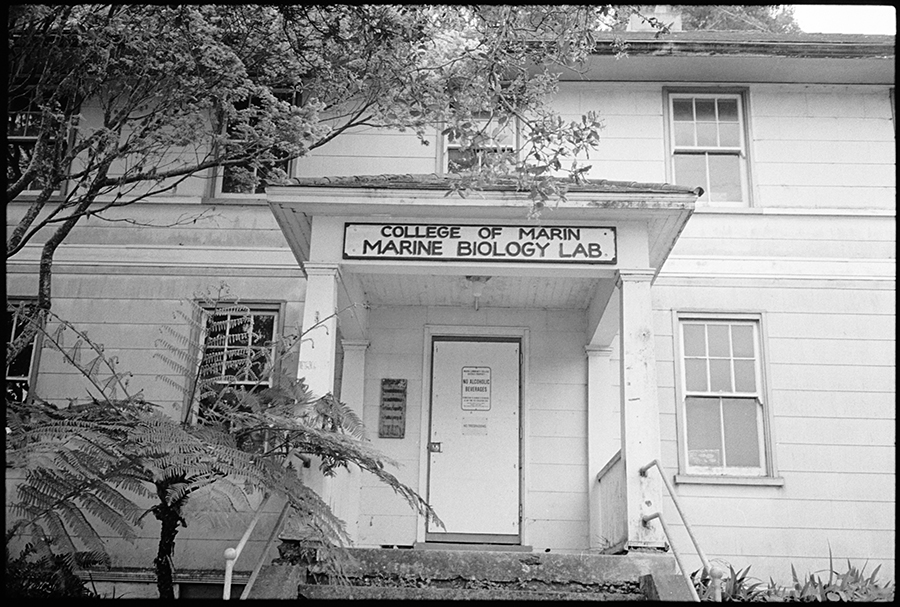The Bolinas Community Public Utility District is asking the College of Marin for a meeting to discuss the future of a historic property on . . .
Bolinas groups eyeing old Wharf Road marine lab


The Bolinas Community Public Utility District is asking the College of Marin for a meeting to discuss the future of a historic property on . . .